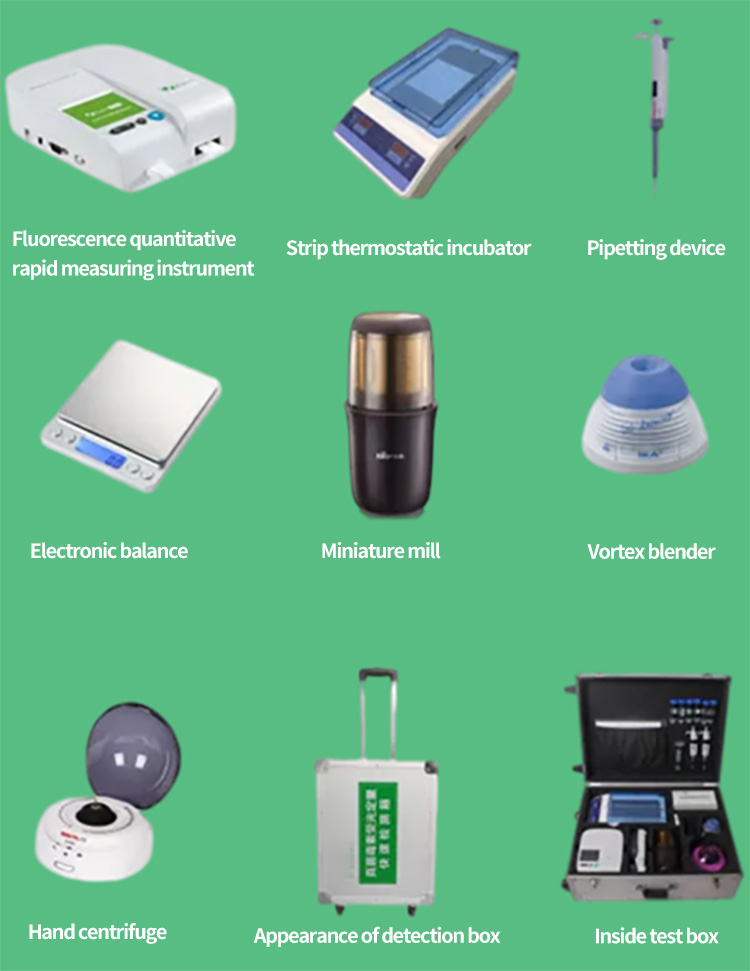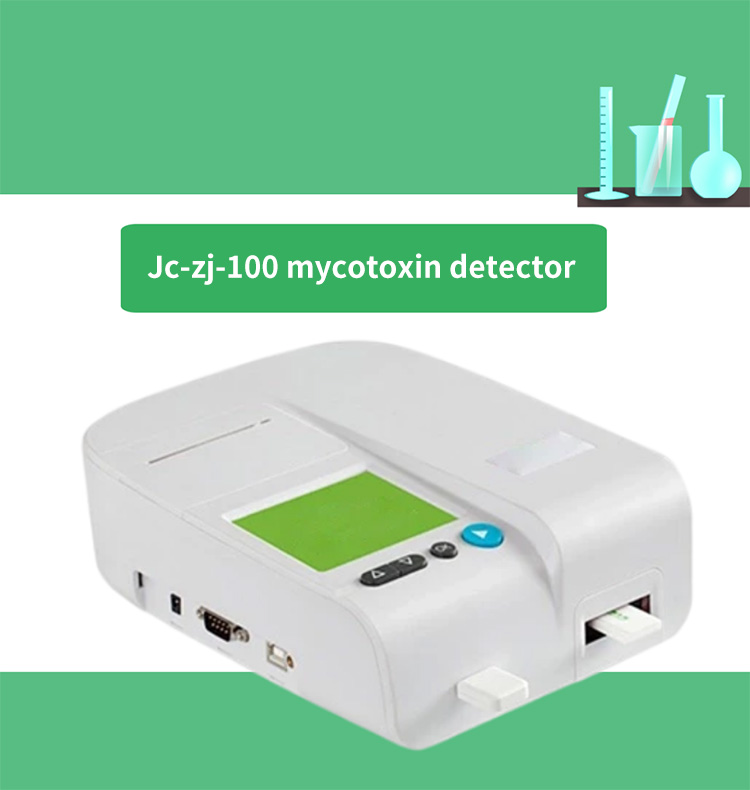2022-03-01
-
Introduction
The 21st century is said to be a very dangerous century. First there was SARS, then bird flu, and now the new coronavirus. News about poisonous food is endless, such as poisonous milk powder, poisonous stinky tofu, poisonous feet and chicken feet, etc. Poison capsules, and even the rice that everyone eats every day are found to contain toxins, what should I do?
For the health of your family, you must know how to identify poisonous rice. So, how to identify poisonous rice!
Let's chat with you about the food safety knowledge related to how to identify poisonous rice.
The so-called "poisonous" rice refers to the use of old rice after repeated research, mixed with industrial raw material white wax oil, so that the rice looks oily, transparent in color and good in appearance.
Toxic rice is mainly produced in 3 ways:
One: The rice is stored for too long, the rice grains turn yellow, and carcinogens such as aflatoxin are produced.
Two: Some unscrupulous traders smoke rice with gas containing highly toxic substances such as phosphine in order to prevent old rice from being eaten by insects.
Three: During rice processing, use industrial oil, white wax and other non-edible polishing agents to polish the rice.
The harm of poisonous rice to human body?
The reason why "poisonous rice" is poisonous is that it contains aflatoxin, which is an active substance produced by Aspergillus flavus. And Aspergillus flavus is a fungus produced after rice spoilage. The International Institute for Cancer Research has identified aflatoxin as a It is a first-class human carcinogen and has a strong damaging effect on the liver and kidneys of the human body.
After eating, it will cause symptoms such as general weakness, nausea, dizziness, and headache.
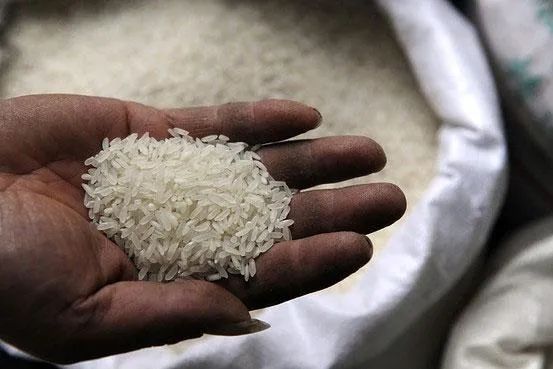
The grade of rice on the market?
There are three types of rice in my country: indica rice, japonica rice, and glutinous rice. According to the national standard, the grade of rice is divided into four grades: special grade, standard first grade, standard second grade and standard third grade. "Whiteness" and "smoothness" cannot fully reflect the taste and quality of rice.
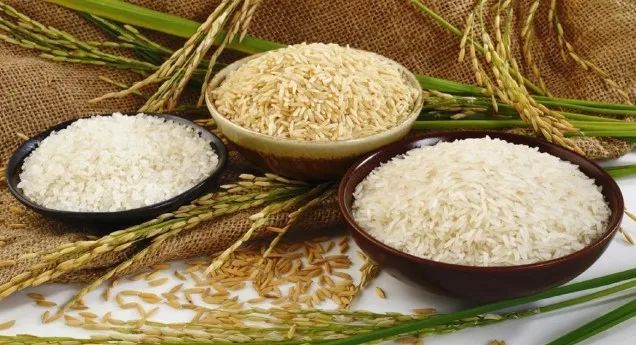
Rice chooses "beauty", you have to look at it, touch it and smell it.
Color discrimination: normal beige is white and crystal clear, while old rice or inferior rice is yellowish in color and has dark spots, oily rice looks too oily, transparent, and the color is usually uneven, and careful observation will find that the rice grains are a little bit Light yellow.
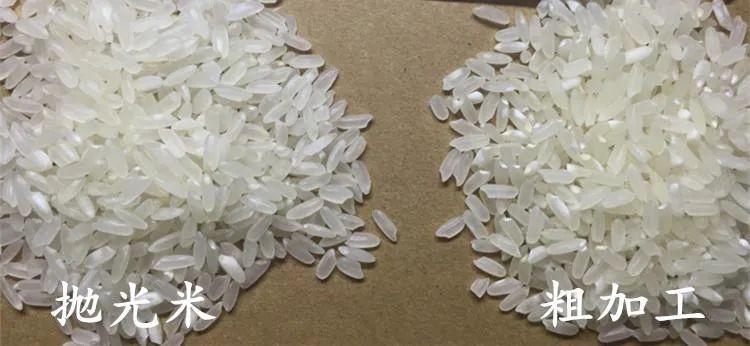
Twisting and Touching: Normally polished rice feels as smooth as glass beads. Chen rice is rough to the touch, and oily rice is greasy and oily. In severe cases, after soaking in hot water, oil spots may appear on the water surface.
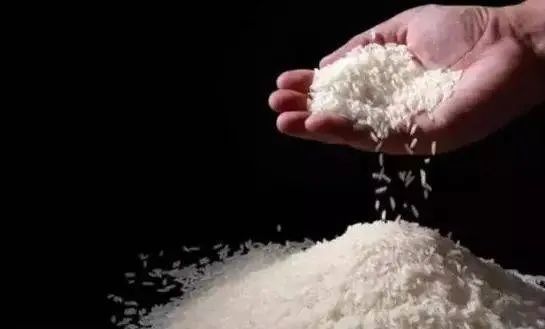
Smell: Normal rice has a fragrant fragrance, while inferior rice generally has peculiar smell. For example, aged rice has a musty smell. The odor of polished rice is difficult to distinguish, but after wrapping it in a plastic bag for half an hour, there is no normal smell. The rice is fragrant, can smell the obvious old smell, and the cooked rice is not sticky.
Many times, everyone thinks that particularly fragrant rice is good rice. In addition to the above identification methods, instruments can also be used to detect whether it is poisonous rice and aged grains.
Mycotoxin Detector Ancillary Products:
